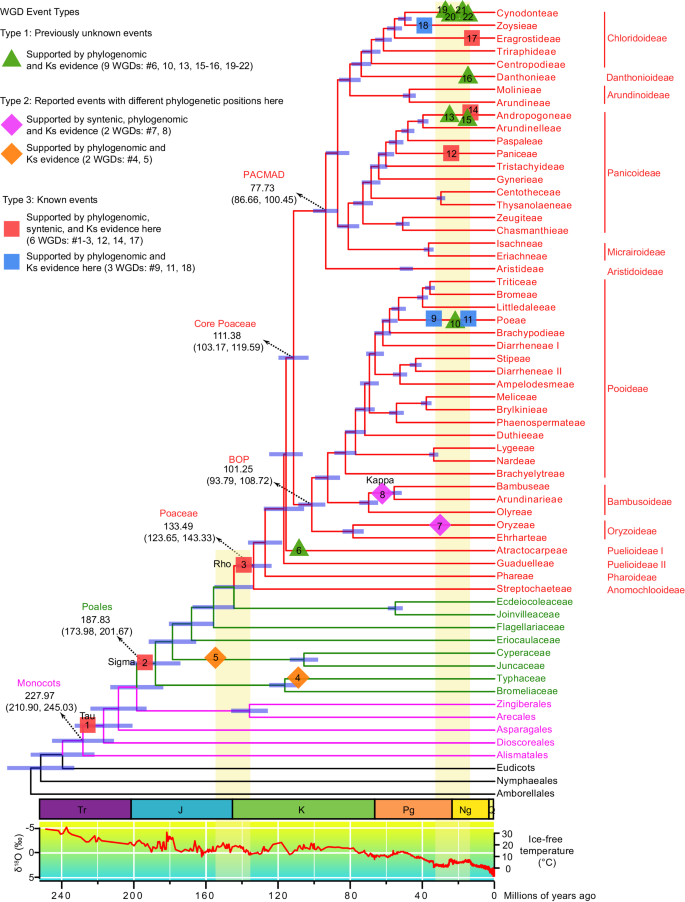2024-07-31 カリフォルニア大学サンディエゴ校(UCSD)
<関連情報>
- https://today.ucsd.edu/story/precision-oncology-via-artificial-intelligence-on-cancer-biopsies
- https://ascopubs.org/doi/10.1200/JCO.23.02641
ディープラーニング人工知能が組織学的スライドから相同組換え欠損とプラチナ製剤反応を予測 Deep Learning Artificial Intelligence Predicts Homologous Recombination Deficiency and Platinum Response From Histologic Slides
Erik N. Bergstrom, PhD; Ammal Abbasi, BS; Marcos Díaz-Gay, PhD; Loïck Galland, PhD, Sylvain Ladoire, MD; Scott M. Lippman, MD; and Ludmil B. Alexandrov, PhD
Journal of Clinical Oncology Published:July 31, 2024
DOI:https://doi.org/10.1200/JCO.23.02641

Abstract
Purpose
Cancers with homologous recombination deficiency (HRD) can benefit from platinum salts and poly(ADP-ribose) polymerase inhibitors. Standard diagnostic tests for detecting HRD require molecular profiling, which is not universally available.
Methods
We trained DeepHRD, a deep learning platform for predicting HRD from hematoxylin and eosin (H&E)–stained histopathological slides, using primary breast (n = 1,008) and ovarian (n = 459) cancers from The Cancer Genome Atlas (TCGA). DeepHRD was compared with four standard HRD molecular tests using breast (n = 349) and ovarian (n = 141) cancers from multiple independent data sets, including platinum-treated clinical cohorts with RECIST progression-free survival (PFS), complete response (CR), and overall survival (OS) endpoints.
Results
DeepHRD predicted HRD from held-out H&E-stained breast cancer slides in TCGA with an AUC of 0.81 (95% CI, 0.77 to 0.85). This performance was confirmed in two independent primary breast cancer cohorts (AUC, 0.76 [95% CI, 0.71 to 0.82]). In an external platinum-treated metastatic breast cancer cohort, samples predicted as HRD had higher complete CR (AUC, 0.76 [95% CI, 0.54 to 0.93]) with 3.7-fold increase in median PFS (14.4 v 3.9 months; P = .0019) and hazard ratio (HR) of 0.45 (P = .0047). There were no significant differences in nonplatinum treatment outcome by predicted HRD status in three breast cancer cohorts, including CR (AUC, 0.39) and PFS (HR, 0.98, P = .95) in taxane-treated metastatic breast cancer. Through transfer learning to high-grade serous ovarian cancer, DeepHRD-predicted HRD samples had better OS after first-line (HR, 0.46; P = .030) and neoadjuvant (HR, 0.49; P = .015) platinum therapy in two cohorts.
Conclusion
DeepHRD can predict HRD in breast and ovarian cancers directly from routine H&E slides across multiple external cohorts, slide scanners, and tissue fixation variables. When compared with molecular testing, DeepHRD classified 1.8- to 3.1-fold more patients with HRD, which exhibited better OS in high-grade serous ovarian cancer and platinum-specific PFS in metastatic breast cancer.


